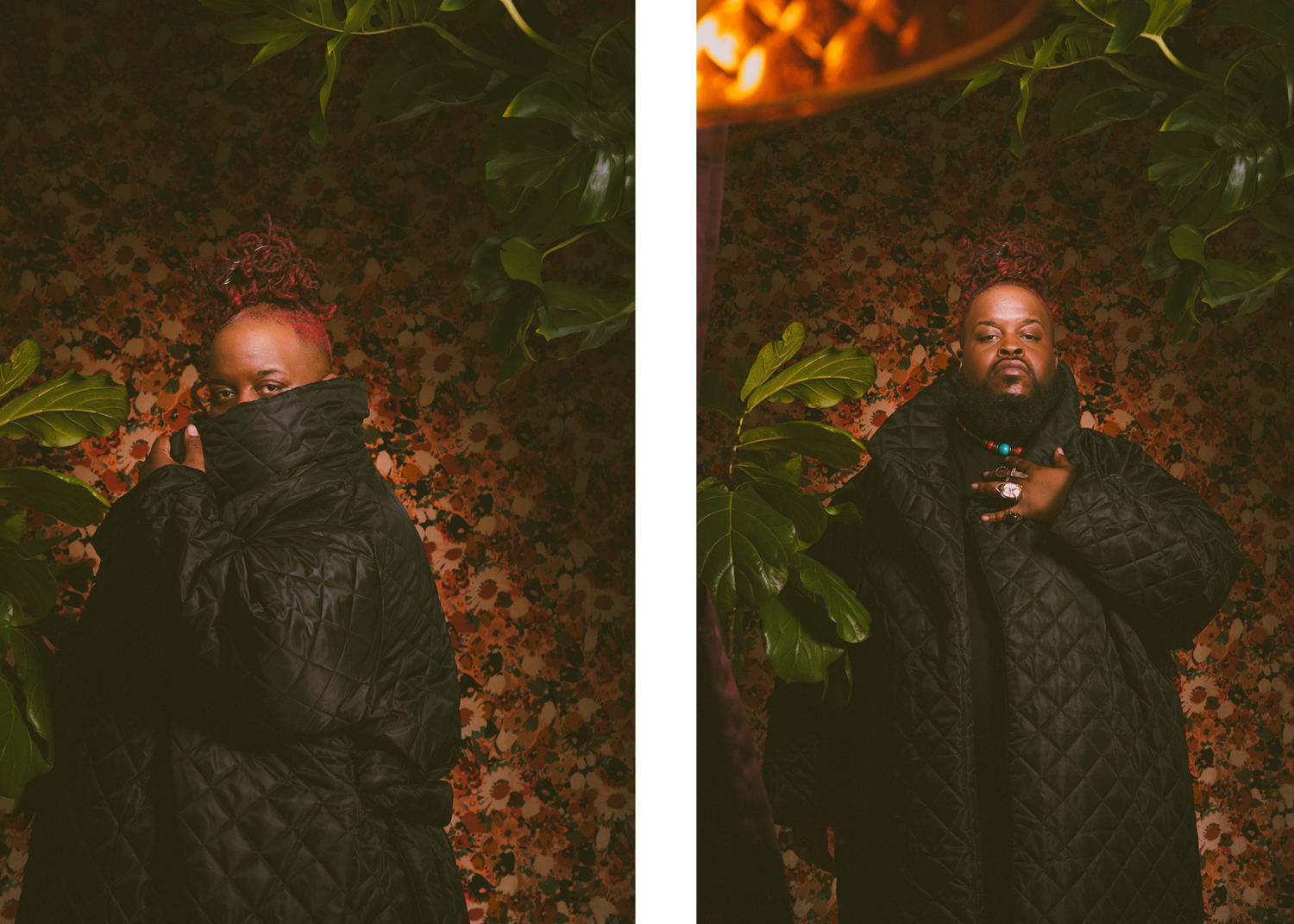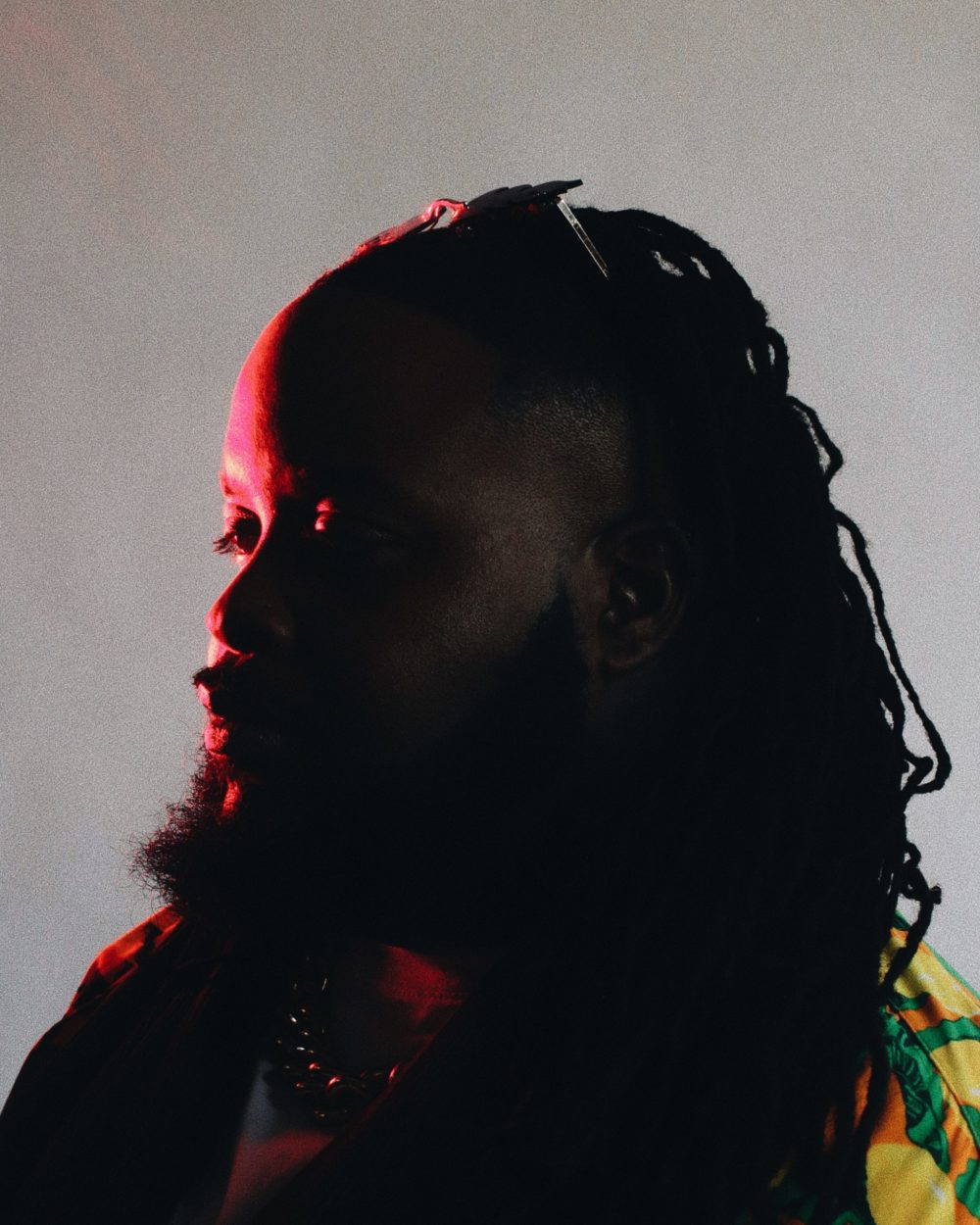After several years of writing and recording, Manasseh released his debut album, Monochromatic Dream, on March 29. How would he describe it? “It’s a hug for your heart; it’s a hug for your soul; it’s a hug for your ears.”
Manasseh, a Chicago native, grew up in Woodlawn before moving to West Englewood in 1994 with his mother and brother. His mother, a “heavy hitter in church,” was one of his biggest inspirations. Following his mother’s footsteps, Manasseh has been singing since he was two or three years old.
Several of the songs on Monochromatic Dream allude to Manasseh’s childhood, his gospel roots, and his personal history. “13” is inspired by Psalm 13, a scripture that his aunt recited to him when he was young. “We couldn’t listen to anything but gospel music,” he told me. “We grew up listening to a radio station called 1390, and they played all the latest gospel hits.” The Psalm asks “how long wilt thou forget me oh Lord, will it be forever”—and Manasseh admitted that he had forgotten. But his song was an opportunity to connect with the Psalm and his faith once more.
Later in childhood, Manasseh’s mother bought him Brandy’s self-titled debut on cassette, which ended up being his very first peek at the world of music beyond gospel. After that, there wasn’t anything Manasseh wouldn’t listen to, and he found himself exploring all types of music whenever he had the chance. This curiosity shaped the sound of Monochromatic Dream, which spans gospel, disco, R&B, pop, soul, and house music across its nine-track runtime.

But while Manasseh plays with various musical genres, there is an intentional repetition in his lyrics. “I know for myself I wanted it to feel like a mantra. Whatever song you listen to, I wanted you to repeat certain things to yourself—like ‘don’t be afraid to reach out.’” Creating the album was an act of self-care for Manasseh, and he hopes that the album can be a source of healing for his fans.
If some of the songs from Monochromatic Dream are about Manasseh’s history, then one of his favorite tracks from the LP, “This Groove,” is a piece of history. He wrote the country-pop song fourteen years ago, performed it once, and then dropped it for over a decade. “Me and the song knew each other at one point, and we went our separate ways and matured, then came back together and had the same conversation,” he said. “We identified with each other on a different level and a deeper level.”
Manasseh is grateful for the friends and collaborators that assisted with Monochromatic Dream, like friend and producer Aidan Eubanks, who he considers the foundation for the album. The album also has a number of featured artists, including Chicago rappers Boog Liberace and Galaxy Francis and St. Louis rapper J-Hop, who each brought their own sounds and expertise to their respective tracks.
But above all, he’s grateful for the support of the Chicago musical community. “You know, just being around in Chicago, we move a certain kind of way, we love each other. It’s listed as the most segregated city—but when it comes down to it, we get things done for one another, and that’s what I love.”
As for what’s next? Manasseh has a show at Cole’s Bar in Logan Square on April 17, and is organizing a “mini-tour” around Monochromatic Dream. But beyond recording and performing, he would also like to take a mentorship role and support newer Chicago musicians. “I want people to discover and polish their own sounds. It’s a learning experience for me too.”
Lauren Johnson is a recent college graduate currently living in Chicago. She recently interviewed Dimitri Moore for the Weekly.



